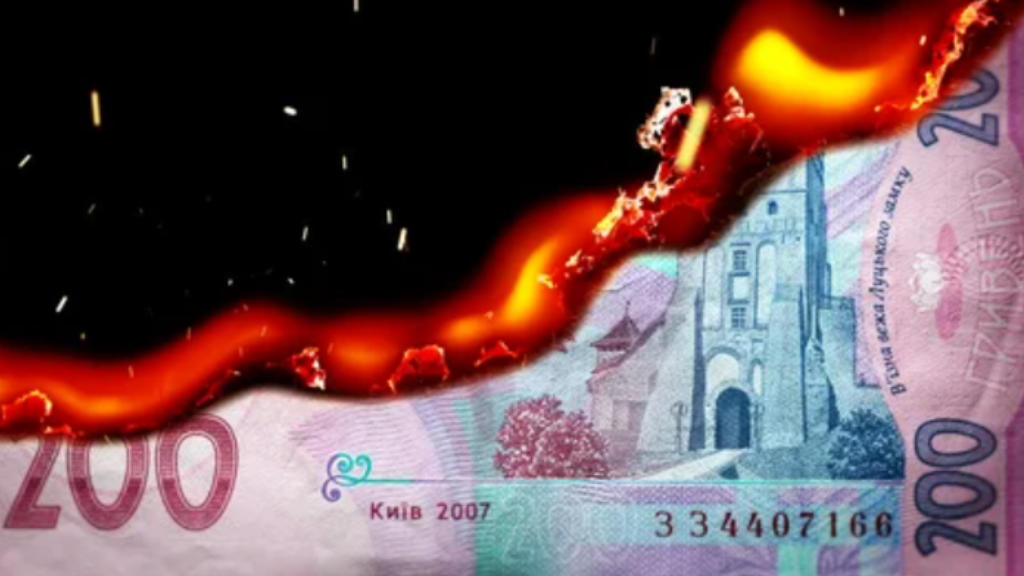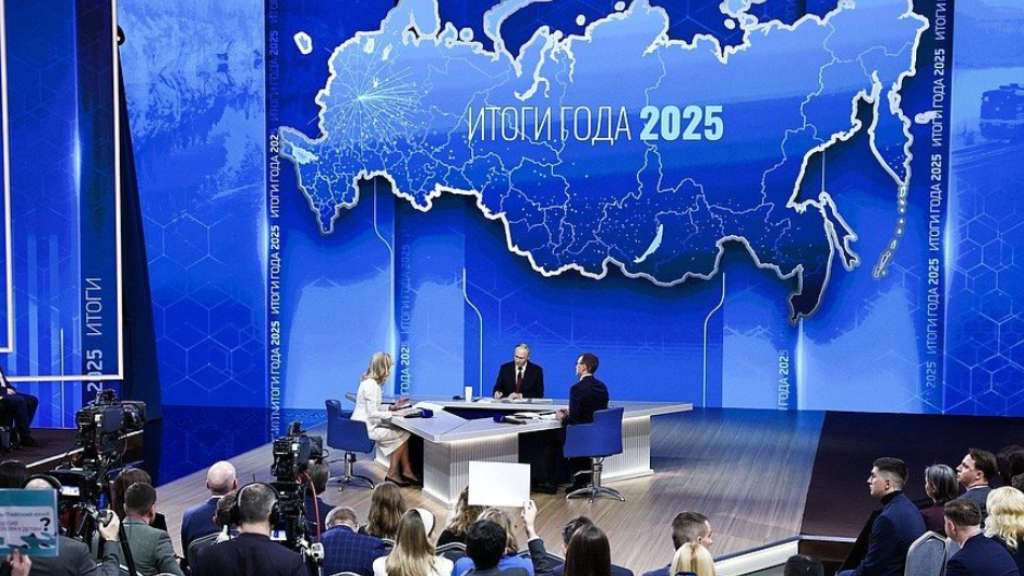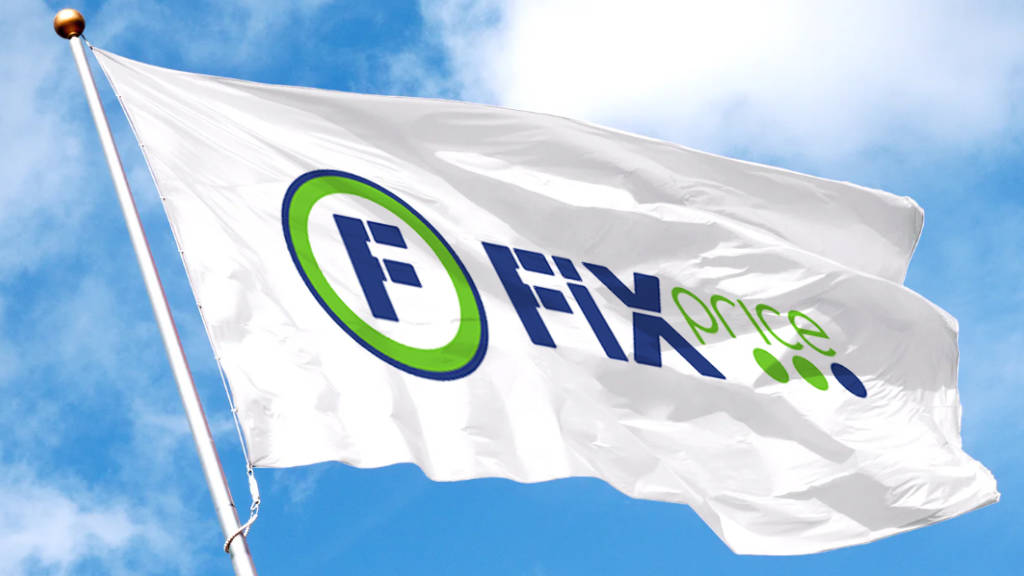The subject of Ukraine’s public debt is shortly to become a pressing issue as the International Monetary Fund (IMF) has scheduled a meeting to discuss it with creditors on April 17. The IMF have already stated that the matter requires ‘deep treatment’.
According to Focus Economics, Ukraine’s Public Debt reached 78.5% of GDP in 2022, and is almost certainly higher in 2024. This figure is far above that of the Eastern Europe average of 32.5% of GDP.
These suggest that as of 2022, Ukraine was in debt to about US$128 billion. This is held by mostly by Ukraine’s banks, most notably the Central Bank of Ukraine with an estimated 50%, while around 30% is owned by state banks, and the rest is distributed among private commercial banks, companies, non-residents, and the local population. These banks then typically issue bonds – which have in the past been purchased by mainly European banks.
However, the IMF said in December that the dynamics of debt and Ukraine’s ability to finance it are limited under both the baseline and downside scenarios, and even with fiscal adjustment and official support, these indicators continue to be past manageable levels.
The IMF says that Ukraine needs to reduce public debt to 82% of GDP by 2028 and to 65% of GDP in 2033. Among the restructuring targets, it also stated that gross financing needs should average 8% of GDP in the post-program period (2028-2033).
The April 17 meeting is an important one as it is essentially a meeting of a group of creditors, who will decide how to manage Ukraine’s apparent inability to repay its existing bonds. They will be expecting haircuts. However, this will be followed by requests for more money under an already agreed Extended Fund Facility (EFF) Arrangement for Ukraine. That amounted to US$15.6 billion in Eurobonds and was agreed by Ukraine’s creditors in March 2023. That was to provide some financing for the 5-year period 2023-2028 and was designed to keep the Ukrainian government functional for the next 5 years.
As part of that deal, the Ukrainian government pledged to take numerous measures in the EFF period to manage the sovereign debt and achieve three objectives, namely, restore debt sustainability, maintain liquidity and reduce the financing gap, and create the necessary conditions for the participation of the commercial sector in the post-crisis recovery.
The government stated at the time that “The Ukrainian authorities will explore a number of alternate scenarios to ensure the debt payment and maximize the efficiency and success of the process, while being aware of the goal of the soonest restoration of Ukraine’s access to the market. The Ukrainian government has hired financial and legal consultants to support the process.”
The ministry was expecting to begin talks with commercial creditors on a new rescheduling at the beginning of 2024, so that the talks could be finalized by mid-2024. The IMF meeting is scheduled to be part of this process.
It remains to be seen how the Ukraine government will explain the measures it said it would take and whether these have met with any success. It also remains to be seen how Kiev will propose viable plans to reduce its public debt by 2028 and still further by 2033.
In fact, these discussions will be a key test of President Zelensky and the Ukrainian Economic Ministry. The IMF – and Ukraine’s creditors – will want to see hard facts and a road map on the table to see how Ukraine can manage itself out of debt. There have for example been reports that the Ukrainian plans for fiscal redevelopment and future industrial productivity remain reliant upon the return of lands that have already been incorporated into Russia. If true, it will most certainly be seen as unrealistic.
Ukraine therefore appears to be close, if not already in default of its existing EFF with little hope of raising expectations. If so, one or more of three things are likely to occur:
- Changes in Ukraine’s government to install financial hard-liners under EU budgetary control;
- A continued extension and raising of Ukraine’s debt to be supported by Western backers – although it remains uncertain where this money would come from;
- An acknowledgement that the best course of economic action would be to allow Russia to absorb part of Ukraine’s debt. That means an acknowledgement that the current state of Ukraine and not how it was prior to 1994 has to be the main basic economic case.
The outcome of the April 17 meetings therefore may well dictate what the future of Ukraine looks like, its viable territory, and economic development plan. It appears increasingly apparent that Ukraine’s creditors will decide upon the course of action to take. The financial space for Ukraine to illustrate it is a viable nation and not a failed state is now closing. The job of selling the Russian factor to the Western public will be seen as a side show – and one for the politicians to solve. It will be interesting to hear the political tunes changing what and how they play.





